Photography, by definition, is non-existent without light. So what do you do when the sun goes down and the light around you is insufficient? Photographer David Flores shares eight quick tips for taking photos in low light:
1. Shoot in RAW
RAW files capture a ton of information. You can use this information during post-processing to adjust the exposure to some extent, meaning you can open up some shadow details.
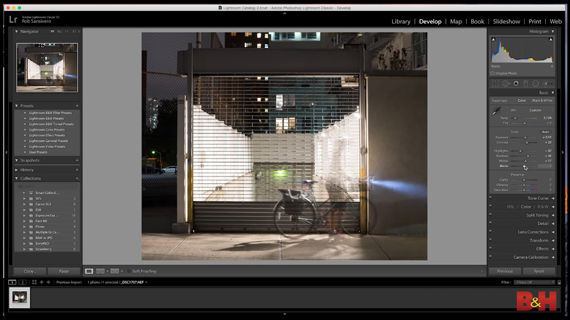
2. Use a Flash
Consider using your flash if the lighting is really poor or when shooting indoors. To ensure that the image doesn’t look flat and that no hot-spots are formed on the subject, bounce it off the walls or ceiling. If you have diffuser, use it to soften the light.
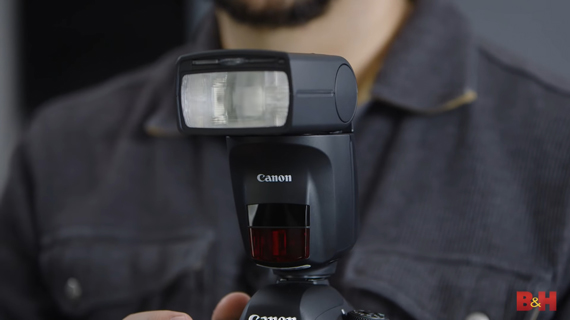
3. Bump up the ISO
Lower ISO renders cleaner images. This doesn’t mean that you should always stick to low ISO settings. Try shooting in different ISOs at higher values and make a mental note of the highest ISO that you’re comfortable with. Remember, ISO performance varies depending on camera model. An image with noise is still better than a blurry image.
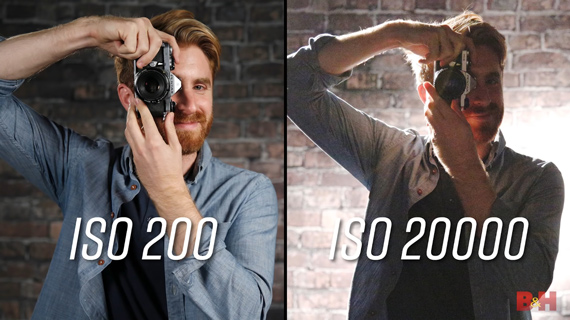
4. Shoot in Manual Mode
Low light conditions require you to make decisions. By shooting in manual mode, you have full control over the ISO, shutter speed, and aperture.
5. Use Wide Aperture Lenses
If you find yourself shooting mostly in low light conditions, getting a fast lens is a good choice. Using aperture values like f/1.8 or lower lets a huge amount of light into the camera. If you need to shoot at low ISO values for clean images, extra stops of light from a fast lens are useful.
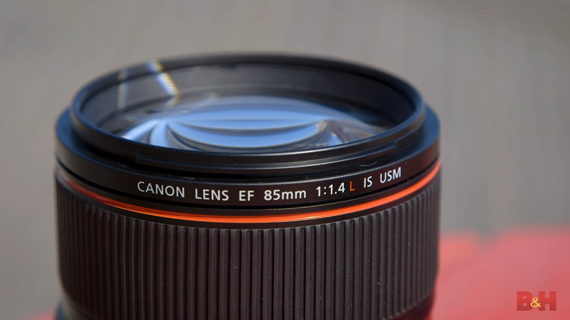
6. Use a Slow Shutter Speed
When shooting handheld, see how slow you can set your shutter speed without introducing camera shake. Typically, you can go as slow as 1/60 second when shooting handheld. If your lens or camera body has stabilization built in, you can go even slower.
7. Use a Tripod
If you need to open up your shutter for a long period, make use of a tripod. Or try placing your camera on a solid and stable surface. If your camera body or lens has stabilization, be sure to turn it off when mounting on a tripod. Turn it back on when shooting hand held.
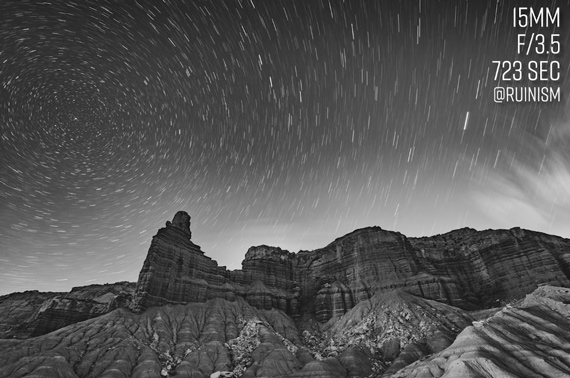
8. Use Exposure Compensation
This tip is applicable if you are in semi-automatic shooting modes like aperture priority or shutter priority. To compensate for the dark environment, set the exposure compensation to the brighter side of the scale.
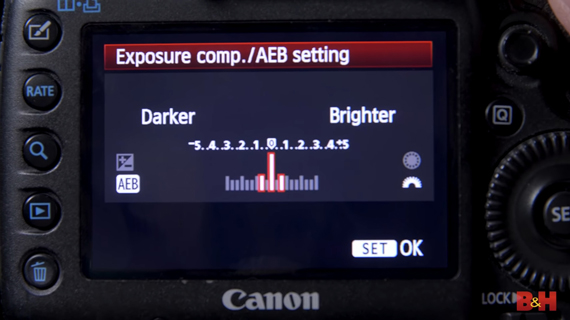
What other tips do you have for shooting low light images?
Go to full article: How to Capture Better Low-Light Photography
What are your thoughts on this article? Join the discussion on Facebook
PictureCorrect subscribers can also learn more today with our #1 bestseller: The Photography Tutorial eBook
The post How to Capture Better Low-Light Photography appeared first on PictureCorrect.